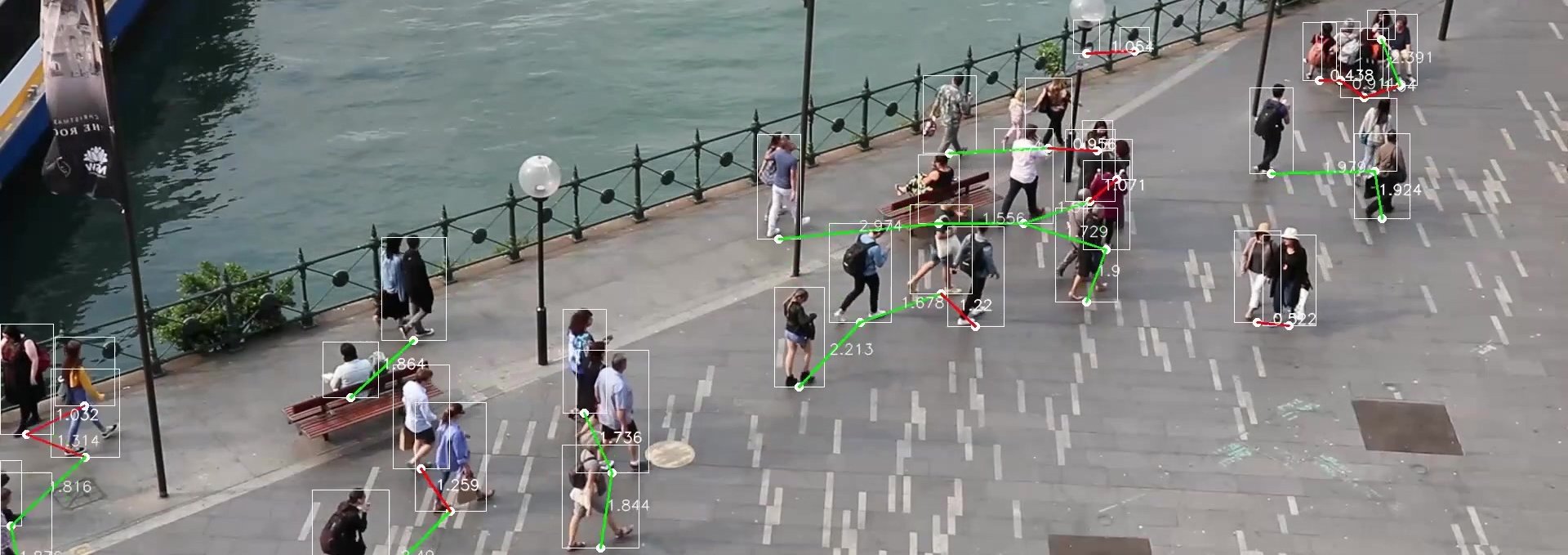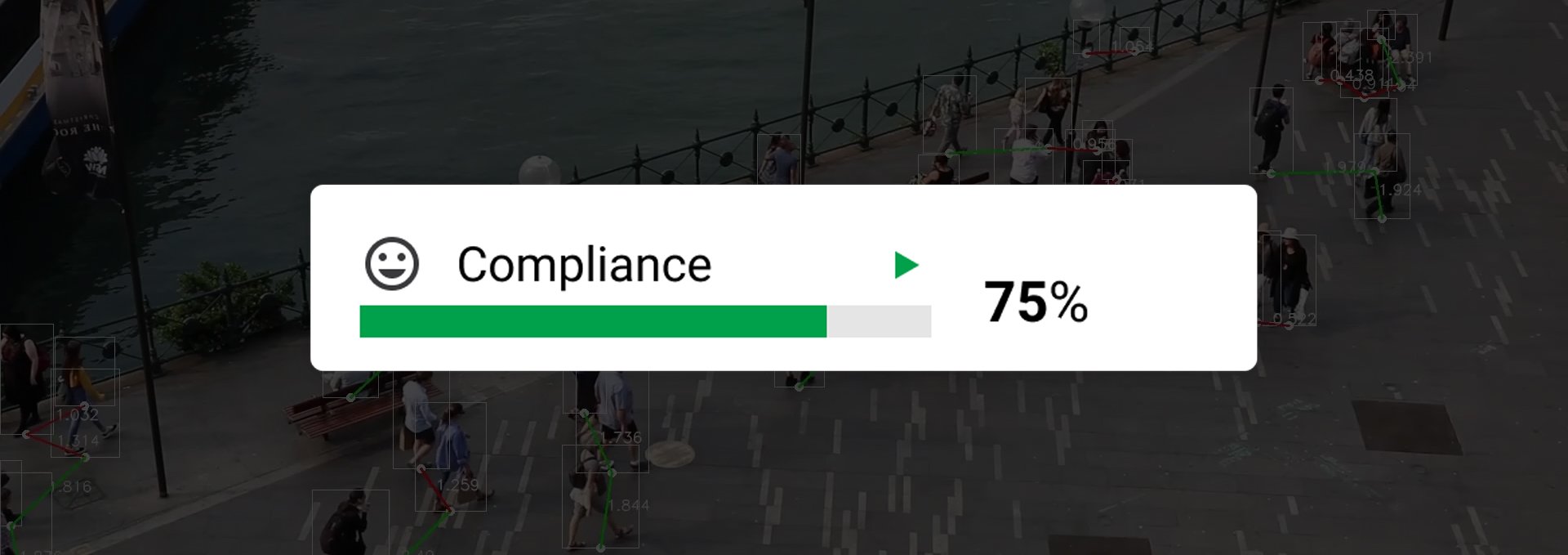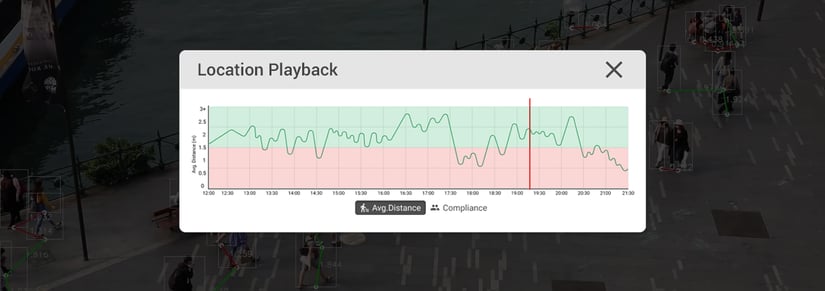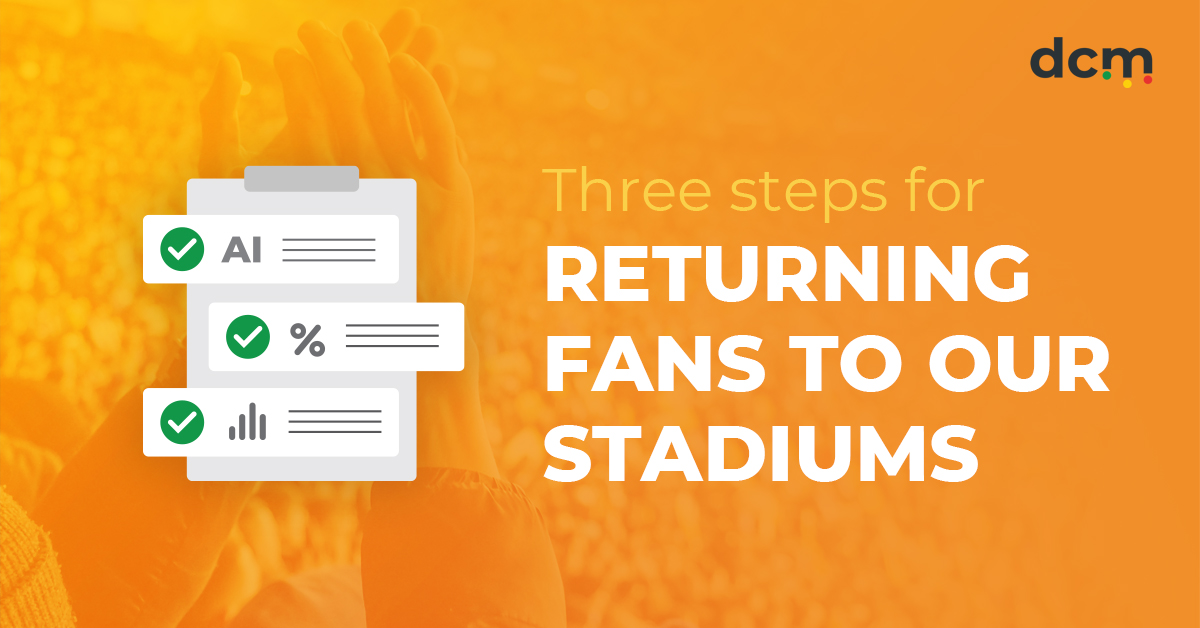Sports and stadium events are embedded in so many cultures throughout the world, with fan engagement and experiences central to driving this massive industry. COVID-19 has not only decimated the industry and associated businesses, but hurt clubs, sporting codes and fans alike.
By missing out on live stadium experiences, fans are becoming disengaged with both their team, their club, and their sport. Such dissatisfaction and disconnect, particularly among younger, next-gen fans is particularly concerning. It’s critical that stadium events return as quickly, and safely as possible – the fans are wishing for it and the survival of stadium events and sporting clubs could depend on it.
But how do we get crowds back into the stands safely, sensibly, and in a measured and managed way? Key is for venues to accurately measure and assess performance of their crowd and safety management plans, then use the results to secure agreement on increased capacity.
Here’s three steps, delivered by Dynamic Crowd Measurement (DCM) that could help in the return of fans to our stadiums.
Step 1: Leverage AI to measure crowd characteristics
By utilising a feed of images from existing CCTV cameras, deep learning can be used to help detect a range of characteristics including the relative distance between people. Ultimately, DCM technology is able to measure social distancing and other characteristics such as crowd flow, crowd density and mood. The process of measuring such characteristics is accurate, automated, non-biased, real-time, quantifiable and privacy protected.

Step 2: Understand and assess compliance
Once the crowd characteristics have been measured, DCM assesses the data, and in the case of social distancing, understands compliance at any given place or time, or as an average for an area within the stadium. This provides decision makers with greater situational awareness for improved decision making. The result is effective resource allocation, improved infrastructure, better planning and ultimately improved compliance with social distancing.

Step 3: Benchmark actions for improved decision making
DCM provides stadiums with access to a deep understanding of key moments and metrics through real time and retrospective data analysis. It enables stadiums to benchmark the effectiveness of actions undertaken and in-turn helps to improve compliance and decision making. Ongoing assessment and continual improvement, will undoubtedly help stadiums to bring an increased number of fans back into the seats and stands.

The process is simple – measure, assess, improve – but it’s backed by DCM’s intelligent, accurate and automated technology, and could prove to be an essential step for returning fans to stadiums.
If you’d like to learn more about how DCM can help stadiums, events, transport hubs and public places by measuring Social Distancing or other crowd characteristics then please contact Travis Semmens, tsemmens@dynamiccrowdmeasurement.com or request a demonstration.
Related Articles:


